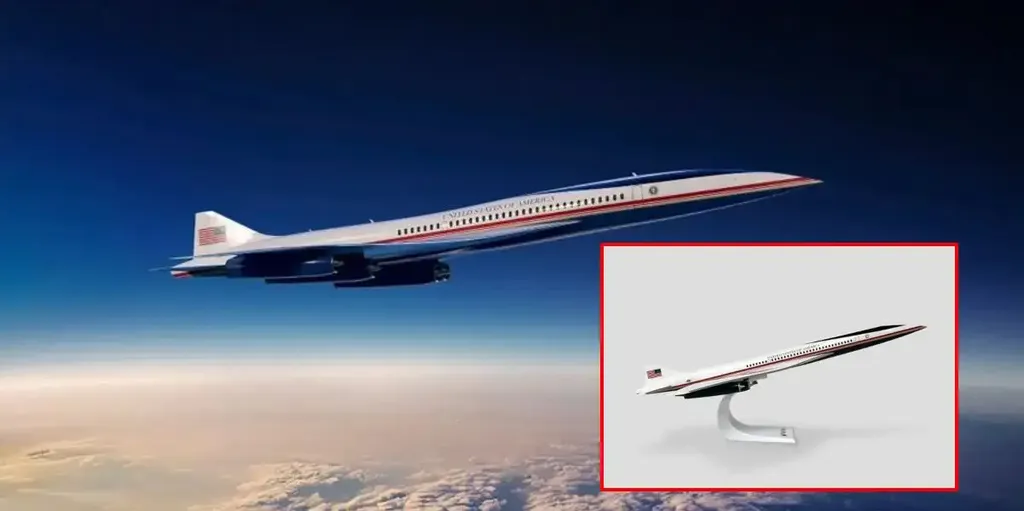In the realm of aerospace engineering, a groundbreaking study has emerged that could significantly impact the development of supersonic aircraft and, by extension, the energy sector. Published in the Alexandria Engineering Journal (translated as the Journal of Engineering Sciences), a study led by Muhammad Fawad Mazhar from the Department of Aeronautics and Astronautics at the Institute of Space Technology in Islamabad, Pakistan, introduces a novel approach to identifying aerodynamic models of supersonic aircraft.
The research addresses the complexities of nonlinear aerodynamics in modern supersonic fighter aircraft. Traditional system identification techniques often fall short in capturing the intricate nonlinear characteristics of these advanced machines. Mazhar’s study proposes a robust and reliable solution: a decoupled longitudinal aerodynamic model using a novel algorithm that combines grey-box modeling architecture, specifically the Box–Jenkins (BJ) structure, with Bayesian approach, dubbed Box–Jenkins–Bayesian–Estimation (BJBE).
The BJ model utilizes a nonlinear least square estimator for parameter identification, which is enhanced by the Levenberg–Marquardt algorithm to minimize parameter errors. Further refinement is achieved through Bayes’ theorem, leveraging its maximum-a-posteriori characteristics. “Bayesian estimation, due to its a-priori feature, fully explores grey-box modeling BJ structure, which no other estimation technique does,” Mazhar explains.
The proposed solution involves constructing a discrete-time BJ model using a simulated input–output dataset generated from the Flight Dynamic Model of an F-16 aircraft. The study then employs Bayesian information criteria for model reduction and parameter optimization using Bayesian theorem. The results are promising, with a close agreement between model predictions and simulated flight data, achieving an accuracy of 82.42%.
The implications of this research are far-reaching. By providing a deeper insight into the nonlinear characteristics of supersonic aircraft, this novel technique could lead to more efficient and safer flight control systems. “Based upon this research, control laws of supersonic jets have been investigated through a novel technique, further leading to the development of its flight simulator module,” Mazhar notes.
For the energy sector, the advancements in supersonic aircraft technology could translate into more efficient and cost-effective transportation of goods and personnel. Supersonic aircraft have the potential to revolutionize air travel, making it faster and more accessible, which could have a ripple effect on global trade and commerce.
Moreover, the energy sector could benefit from the improved flight control systems developed through this research. More efficient aircraft could lead to reduced fuel consumption and lower emissions, aligning with global efforts to combat climate change. The development of flight simulator modules could also enhance pilot training, leading to safer and more skilled aviators.
In conclusion, Muhammad Fawad Mazhar’s research represents a significant step forward in the field of aerospace engineering. By combining the Box–Jenkins structure with Bayesian estimation, the study offers a novel approach to identifying aerodynamic models of supersonic aircraft. The potential commercial impacts for the energy sector are substantial, promising more efficient transportation and reduced environmental impact. As the aerospace industry continues to evolve, this research could pave the way for future advancements in supersonic flight and beyond.

